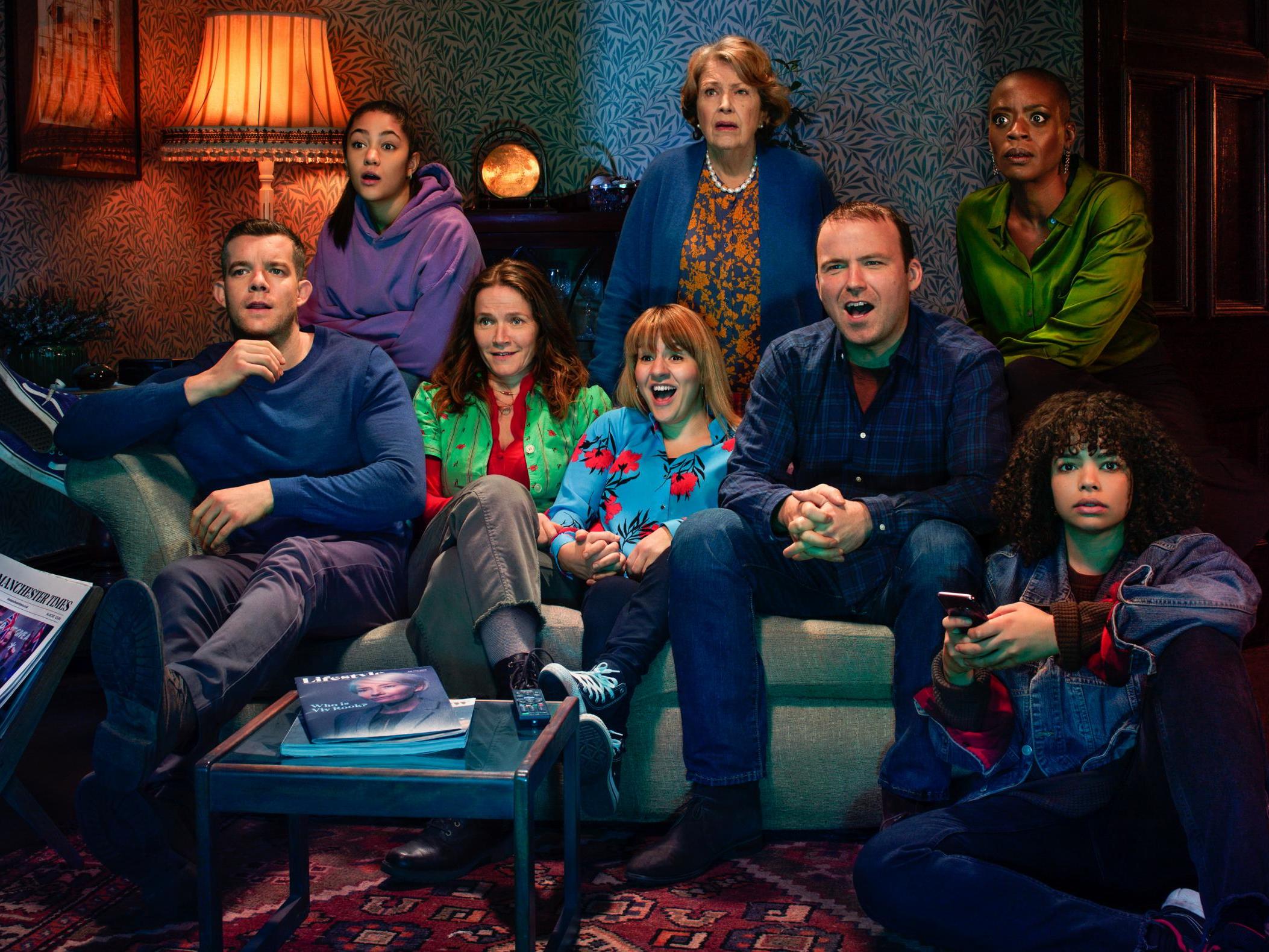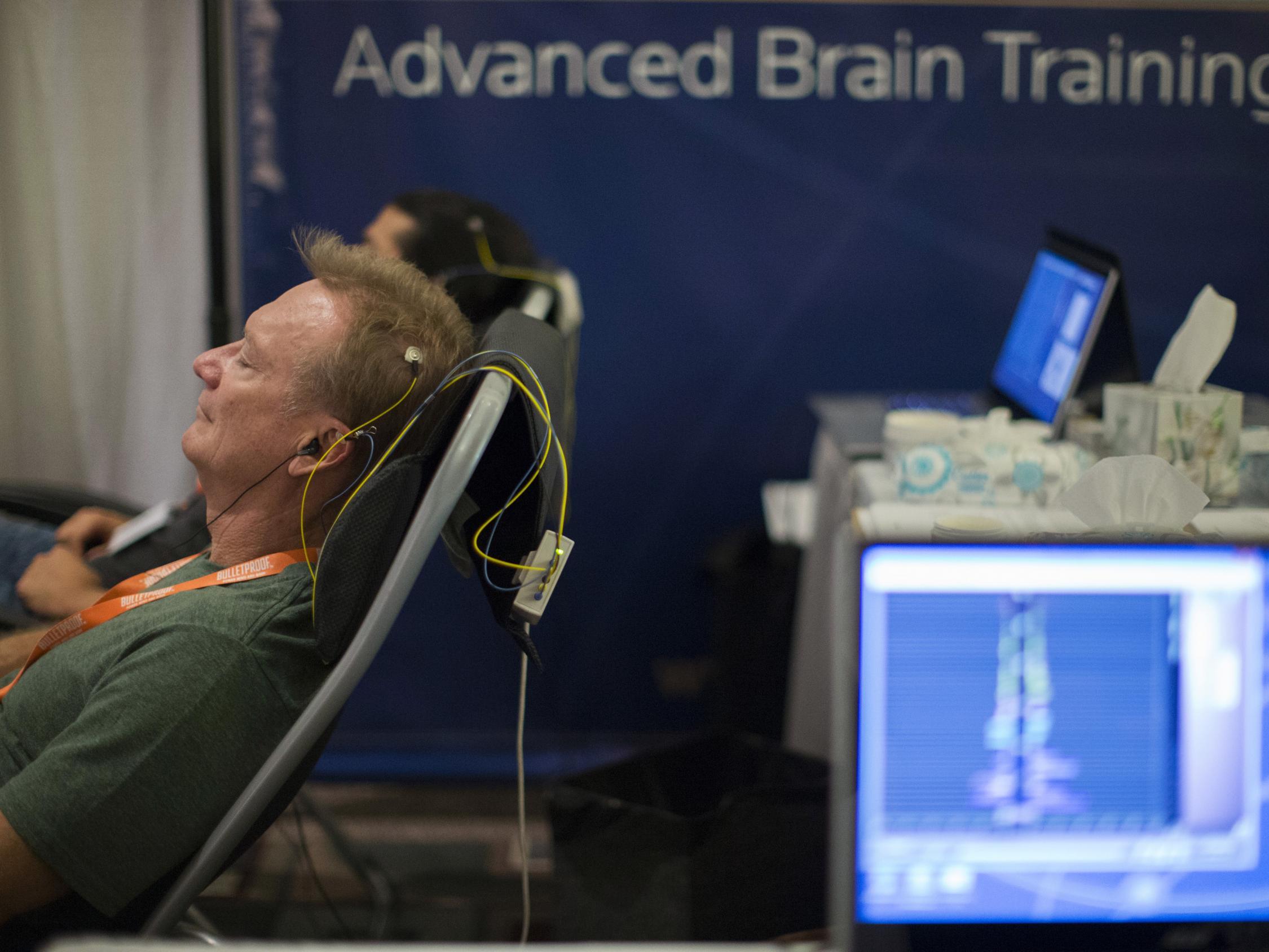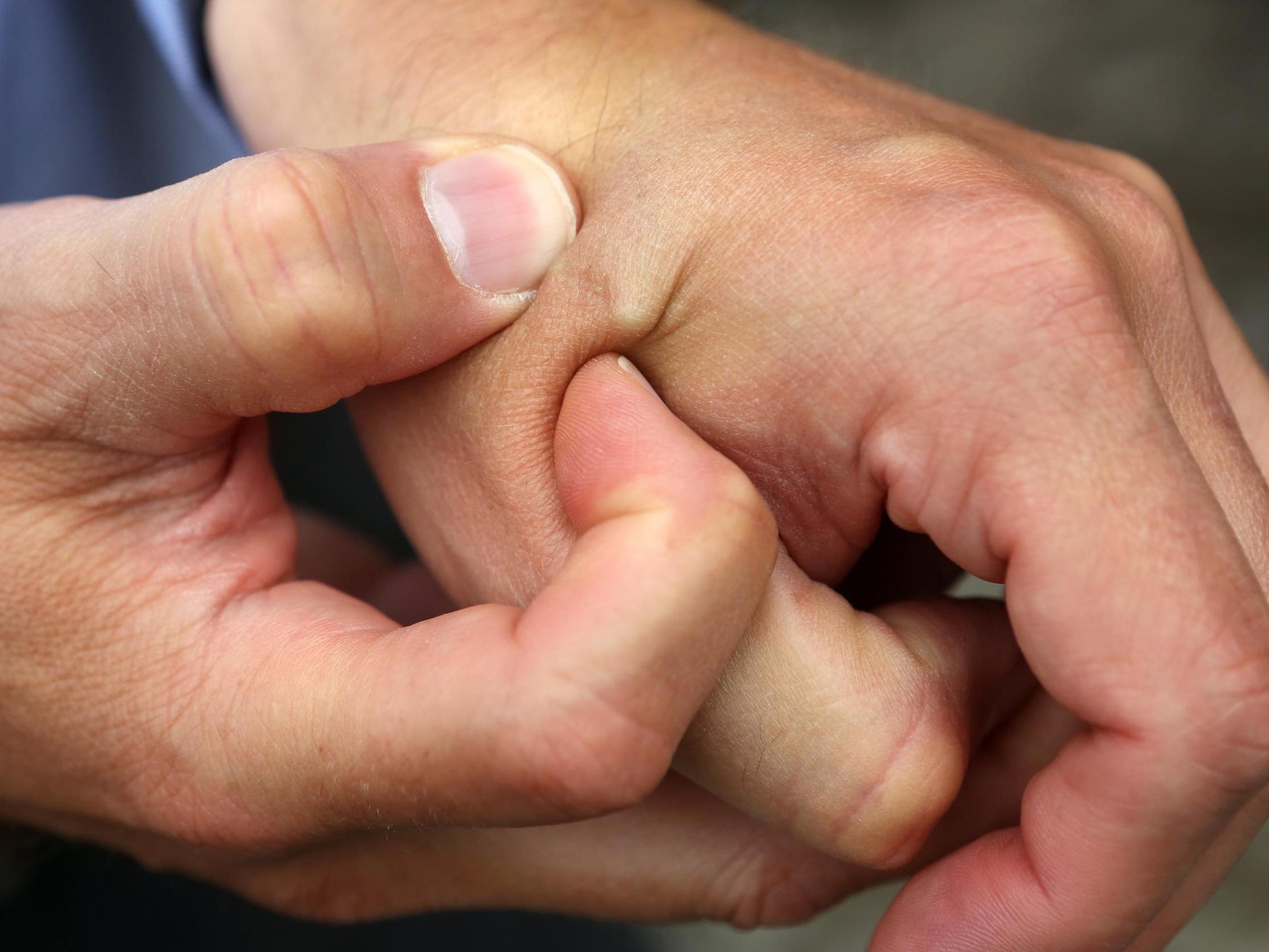How close are we to achieving the transhumanism seen in ‘Years and Years’?
A new study suggests the bridge between human and machine is closing faster than we thought

Your support helps us to tell the story
From reproductive rights to climate change to Big Tech, The Independent is on the ground when the story is developing. Whether it's investigating the financials of Elon Musk's pro-Trump PAC or producing our latest documentary, 'The A Word', which shines a light on the American women fighting for reproductive rights, we know how important it is to parse out the facts from the messaging.
At such a critical moment in US history, we need reporters on the ground. Your donation allows us to keep sending journalists to speak to both sides of the story.
The Independent is trusted by Americans across the entire political spectrum. And unlike many other quality news outlets, we choose not to lock Americans out of our reporting and analysis with paywalls. We believe quality journalism should be available to everyone, paid for by those who can afford it.
Your support makes all the difference.Watching Russell T Davies’ Years and Years, you’d be forgiven for having a major crisis of conscience. On the one hand, if we’re to take the show’s fictional timeline literally, our seven-year-old self’s dreams have finally been realised: becoming part-cyborg will be possible by 2025. On the other, your adult, more tech-conscious self’s worst nightmares may have just materialised on your TV screen.
Findings by a research group of scientists at Harvard and Surrey universities suggest we’re on track to living in the transhumanist world that Davies presents us with in the hugely popular series.
The study, published last week in Nature, has seen scientists manufacture “nanoscale probes”, which are used to read intracellular electrical activities from neurons. Their ability to measure electrophysiology (the electric current that runs within cells) means these probes are a huge step towards understanding what Dr Yunlong Zhao of Surrey University called, in an interview with Science Daily recently, “the intersection between humans and machines”.
Anqi Zhang, a PhD student in the Lieber Lab at Harvard who was part of the team, explains: “The ability to read electrical activities from neurons is the foundation of many brain-machine interface applications, such as brain activity mapping and neural prosthetics.” When asked how accurate she thinks Years and Years’ transhumanism predictions are, she says the “area of brain-machine interfaces will see significant advancement in the next 10 to 15 years, so long as we can address the ongoing limitations of electrode-brain interfaces.”
Fast-forward 10 years from today in the show and the government has paid for Bethany Lyons (Lydia West), one of the show’s principal characters, to get a brain implant that enables her to interact directly with the internet; fast-forward 15 and Edith Lyons (Jessica Hynes) has her mind and consciousness uploaded to the family’s futuristic version of an Amazon Alexa. By Davies’ estimation, transhumanism is well and truly established by 2034.
Davies, who says he planned to write Years and Years some 20 years ago, told The Verge earlier this month that the most important thing about the series was grounding everything futuristic and technological in the family home, to make it more believable.
“We had these early meetings to discuss, ‘should we reinvent the mobile phone? Should we make it circular? Should we make it transparent? Should we pop it into people’s foreheads?’” he says. “The thing is, technology as we present it is only slightly forward. Slightly advanced.”
Though he admits the Snapchat filter mask that Bethany wears in the first episode – which is literally a real-life version of the popular dog filter – is the show’s “greatest flourish”.

Still, “slightly advanced” seems to undermine the sometimes-spooky nature of Years and Years’ portrayal of technology in the years to come. A particularly harrowing scene is the result of a botched operation, when Bethany’s like-minded friend Lizzie has a glass eye – with supposedly state-of-the-art camera technology – fitted into her eye socket, and her actual eye removed and “thrown away”. The results are decidedly less cyborg, more side-eye.

Watch Apple TV+ free for 7 days
New subscribers only. £8.99/mo. after free trial. Plan auto-renews until cancelled

Watch Apple TV+ free for 7 days
New subscribers only. £8.99/mo. after free trial. Plan auto-renews until cancelled
The blunder seems to be a reminder from Davies that, even in the tech-savvy future, nothing is certain – particularly when biology and technology are being fused together.

West, who plays Bethany, says this role taught her a lot about what she calls “human 2.0”. “We’re almost already there, most of us on a daily basis spend hours on our phone – it only makes sense for the next step to be internalising that and embedding it into our interior,” she says. “I think we’re not as far away as we think.”
In the lead up to filming for the show, West says as part of her research she read an article about “future children being operated on to have a microchip inserted into their brains, which will act as a human calculator. So, any child that doesn’t have this chip inserted will fall behind in school and be slowly cast out of society”. So much for working hard to be top of the class. “It’s a sad concept,” she says, “but I do think transhumanism is where we’re heading over the next 50 years.”

Crystal L’Hote, an associate professor of philosophy at St Michael’s College, says we’re still a long way from being able to “purchase implantable communication devices on the open market, though there’s reason to think it’s just a matter of time”. The transhumanism in Years and Years is extreme, L’Hote says, but she acknowledges that “only a collective shift away from a technological world view could avert deep integration” in the future. It’s inevitable.
“Will we ever cease to be fully fledged human beings though?” she asks, unconvinced. “Perhaps a greater threat to humanity than the limited incorporation of specific enhancement technologies is the technological mindset that motivates it. Adopting an instrumental attitude towards our bodies and towards the natural world has proven to pose a greater existential risk.”
For any sceptics tutting, think about medical equipment. In some ways, “integration”, as Bethany calls it, has already begun. Some models of hearing aids allow the user to connect to their smartphone to take calls. Inna Korotova, an aerospace quality inspector from Weston-super-Mare who wears the Phonak Marvel 90 312 aid, says she “sought it out” specifically for its “extras, such as Bluetooth connection, remote control and wind-blocking option – they’re great!”
Why not? Suddenly Bethany’s cybernetic implants, which she has inserted into her fully functioning mobile-phone hand, don’t seem so ridiculous – or far off.
As Mark O’Connell points out in his book To Be a Machine, the leading figures in our tech industry – from Paypal co-founder Peter Thiel to Google CEO Eric Schmidt – are resolute that we will live in “a future in which techno-capitalism will survive its own inventors”. Sooner rather than later, it seems, the next update to worry about will be which part of our body to integrate with the newest technology. Just ask Bethany Lyons.
Join our commenting forum
Join thought-provoking conversations, follow other Independent readers and see their replies
Comments